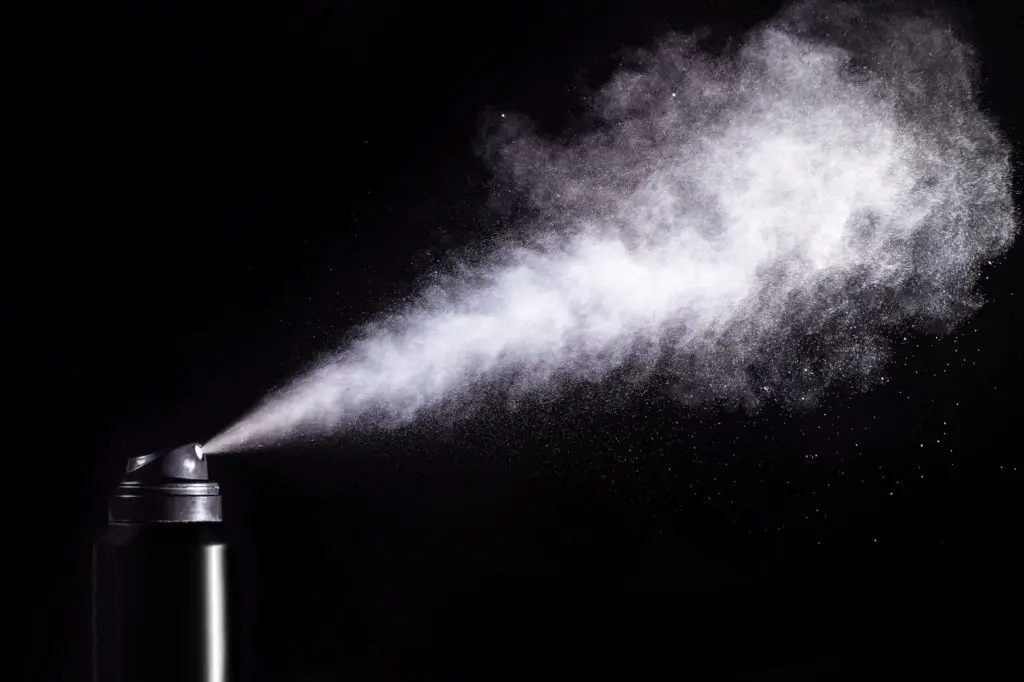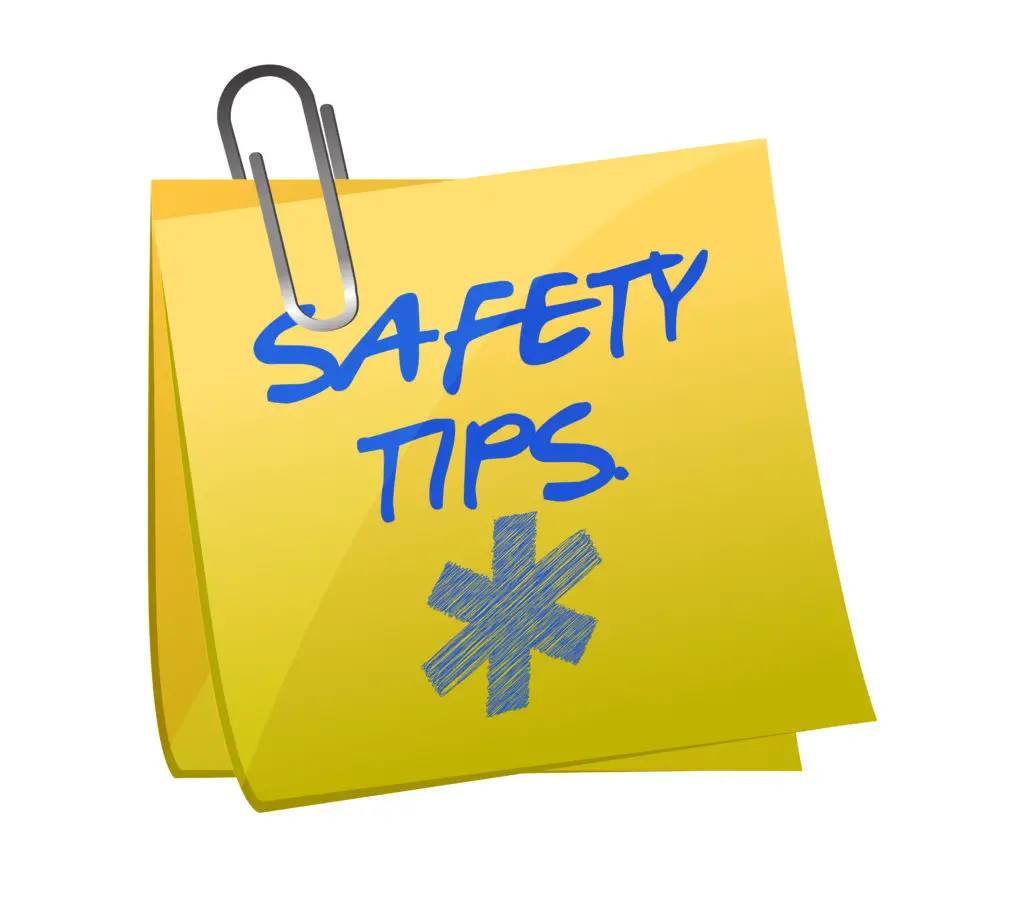In the suburbs of Melbourne, Australia, a heartbreaking tragedy unfolded, shining a spotlight on a perilous trend called ‘chroming.’ This seemingly harmless act involves inhaling fumes from everyday aerosol cans, like deodorant, but the consequences are far from benign.
Esra Haynes, a vibrant 13-year-old, became a victim of ‘chroming,’ serving as a stark reminder of the grave risks associated with it. This article aims to shed light on the dangers of this practice and underscores the importance of making informed choices for a healthier and more fulfilling life.

Paul and Andrea, Esra’s parents, have transformed their grief into a mission, determined to spare other families from enduring a similar heart-wrenching ordeal. In the following pages, we’ll delve into the intricacies of ‘chroming,’ provide crucial information to safeguard yourself and your loved ones, and draw inspiration from the resilience of a grieving family advocating for change.
Join us on this journey as we navigate the grave realities of ‘chroming,’ offering accessible insights into this dangerous trend while honoring the enduring spirit of a family on a mission to protect others.
What is ‘Chroming,’ and Why Is it Dangerous?
‘Chroming’ is a term that might not be part of your everyday vocabulary, but it’s a practice that has been quietly wreaking havoc in communities worldwide. At its core, ‘chroming’ involves a distressingly simple yet perilous act: inhaling the chemical fumes emitted by common household aerosol products. Among these products, deodorant cans have emerged as one of the most readily accessible choices for those who engage in this dangerous trend.

On the surface, ‘chroming’ might seem like an innocuous activity, akin to an ill-advised adolescent dare. However, the truth is far grimmer. Inhaling the chemical cocktail contained within these aerosol cans can lead to severe health risks. These chemicals, when introduced to the delicate systems of the human body, can wreak havoc. Most alarmingly, they have the potential to inflict irreparable damage on vital organs, particularly the brain and the heart.
Chroming: The Latest Social Media Trend
Esra’s story is a heartbreaking illustration of how the latest social media trends can lead young individuals down dangerous paths. ‘Chroming’ has gained notoriety as a disturbing trend that often spreads through online platforms. This accessibility to information and peer influence via social media has contributed to its proliferation.
In a world where adolescents are increasingly connected through social networks, the power of peer pressure extends beyond the physical realm. The desire to fit in or be part of a trend can lead teenagers to make impulsive and harmful decisions. This is where the role of parents, caregivers, and educators becomes paramount.

Paul Haynes rightly emphasizes the importance of closely monitoring social media platforms. It’s often on these platforms that young individuals learn about and are influenced to try dangerous trends like ‘chroming.’ Stricter control and oversight of social media content related to harmful activities can play a vital role in prevention.
Recognizing the gravity of the situation, schools and regional education departments are stepping up efforts to educate children about the dangers of ‘chroming.’ Medical experts also play a crucial role in spreading awareness about the risks involved.
Esra’s tragic story serves as a stark reminder that ‘chroming’ is not just a one-off incident but a growing concern that affects communities on a broader scale. It’s a call to action for all of us to take this issue seriously and work towards preventing further tragedies.
The Ripple Effect of ‘Chroming’: Other Tragic Incidents
Esra’s untimely death, though heart-wrenching, is sadly not an isolated case. ‘Chroming’ has claimed lives and left families devastated before her. In 2019, a 16-year-old boy lost his life in New South Wales due to aerosol inhalation, a grim testament to the ongoing danger this trend poses.
The aftermath of ‘chroming’ doesn’t always end in tragedy but can leave long-lasting scars. In 2021, a young girl in Queensland suffered severe brain damage as a result of engaging in this dangerous practice. These incidents underscore the urgent need for awareness and intervention.

The impact of ‘chroming’ has grown to the point where some supermarkets have resorted to locking up deodorant cans due to theft and concerns about their misuse. It’s a stark reminder of how widespread this issue has become.
Recognizing the gravity of the situation, schools and regional education departments are stepping up efforts to educate children about the dangers of ‘chroming.’ Medical experts also play a crucial role in spreading awareness about the risks involved.
Esra’s tragic story serves as a stark reminder that ‘chroming’ is not just a one-off incident but a growing concern that affects communities on a broader scale. It’s a call to action for all of us to take this issue seriously and work towards preventing further tragedies.
Preventative Measures: Protecting Our Youth
In the effort to prevent ‘chroming’ and other substance abuse among teenagers, consider these practical measures for parents and caregivers:
- Recognizing the Signs: Familiarize yourself with potential indicators of substance abuse in your teenager. Look out for abrupt changes in behavior, declining academic performance, shifts in friend circles, increased secrecy, or neglect of personal hygiene.
- Open Communication is Key: Create a safe, non-judgmental space for open and honest conversations with your teenager. Encourage them to share their thoughts and experiences, and actively listen without jumping to conclusions. Open dialogue can help identify issues early and deter risky behaviors.
- Seek Professional Help: If you suspect or confirm substance abuse, consult with a medical or mental health professional specializing in addiction or adolescent issues. They can guide you on the best course of action, which may include therapy, counseling, or support groups.
- Utilize Available Resources: Seek support from resources designed for families facing substance abuse challenges. Look for local community organizations, online forums, and hotlines that can connect you with others who have similar experiences. Educational programs and workshops are also available to help parents navigate these complexities.
- Never Lose Hope: Remember that you are not alone on this journey. Many families have faced and overcome similar challenges. There is hope for recovery and healing. By taking proactive measures and seeking help, you can provide the support and guidance your teenager needs to make healthier choices.

In sharing these preventative measures, our aim is not only to raise awareness about the dangers of ‘chroming’ but also to empower parents and caregivers to protect their teenagers. Together, we honor Esra Haynes’ memory by working towards preventing further tragedies.
Choosing Life and Protecting Our Future
In the wake of Esra Haynes’ tragic story and the perilous trend of ‘chroming,’ we find ourselves at a critical crossroads. Her untimely passing has shed light on a dangerous behavior that can no longer be ignored. However, amidst the sorrow, there is hope—a hope that lies in awareness, prevention, and the unwavering commitment of families like the Haynes to protect our youth.
‘Chroming’ serves as a stark reminder that the choices we make can have profound consequences. It underscores the importance of informed decisions and open communication, especially between parents and teenagers. By recognizing the signs of substance abuse early and seeking professional help when needed, we can intervene and guide our children towards healthier paths.
Moreover, we must support and utilize available resources, from support groups to educational programs, to navigate the challenges of teenage substance abuse. Together, as a community, we can make a difference.
Esra’s parents, Paul and Andrea, exemplify the power of transformation in the face of tragedy. Their dedication to advocating for change, from altering product formulations to monitoring social media, is an inspiration to us all.
As we conclude, let us remember Esra’s name, which meant “helper.” In her memory, we too can become helpers—helping each other and our children make choices that lead to healthy, fulfilling lives. By working together, we can ensure that stories like Esra’s become a catalyst for positive change, protecting our youth and securing a brighter future.
Sources:
Heartbroken family calling for action after 13-year-old’s death from ‘chroming’
What is chroming?
TikTok drug trend ‘Chroming’ takes fatal toll

This Site Was Inspired By An Interest in Protecting the Environment:
We had the privilege and joy of learning from Dr. Charlie Stine who instilled a love for the natural world through incredible field trips with the Johns Hopkins Odyssey Certificate program in Environmental Studies. At the time, the program was endorsed by the Maryland Department of Natural Resources. Sadly, after Dr. Stine retired, the program was phased out. We hope that we honor his legacy by shining a bright light on environmental issues and sharing good news about the success of various conservation programs when possible.

